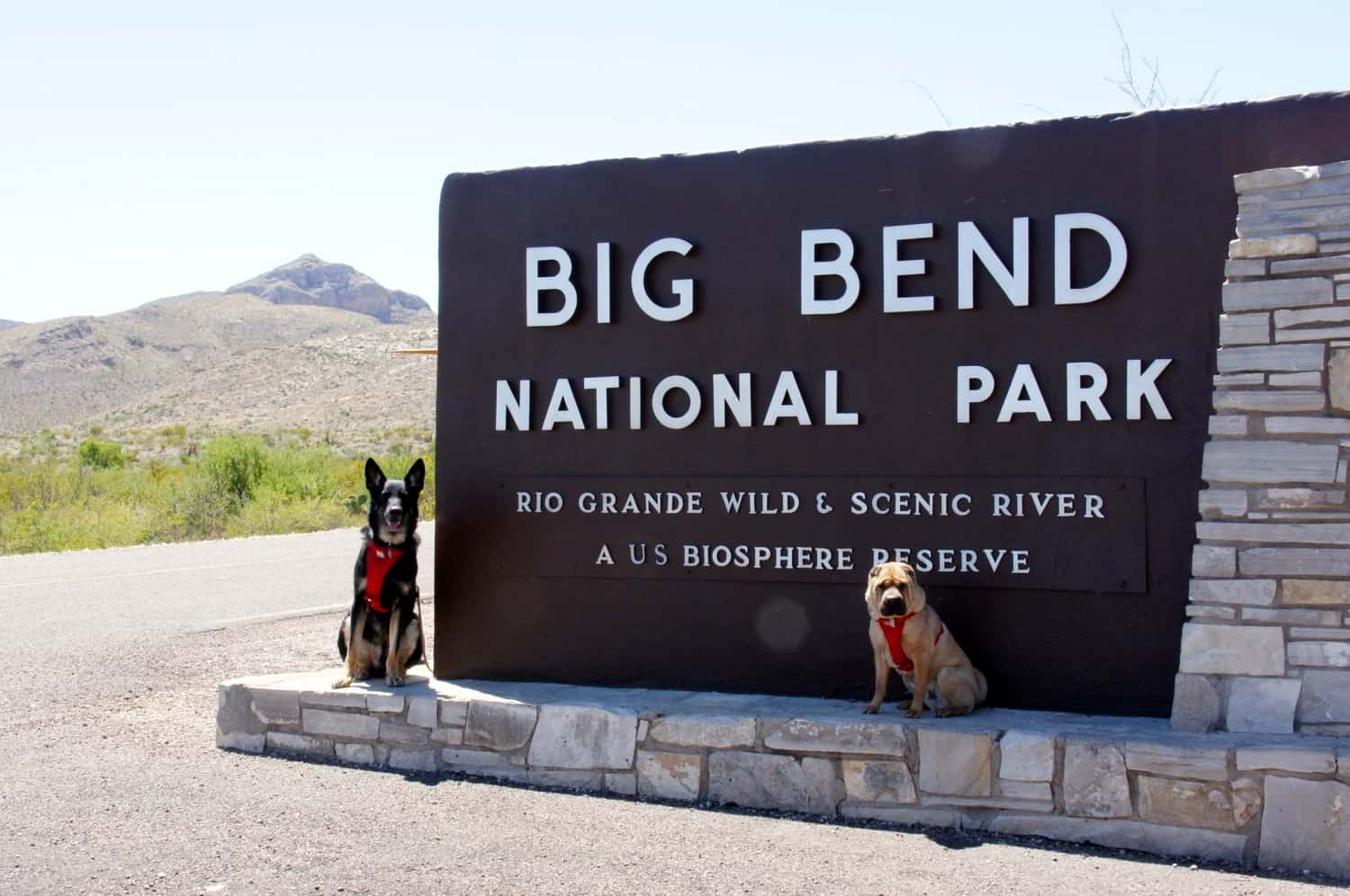Big Bend National Park

If you are looking for a breathtaking place to spend some quality time with your pets, look no further than Big Bend National Park. This magnificent natural wonder features over 800,000 acres of diverse landscapes, from the rugged Chisos Mountains to the vast Chihuahuan Desert, perfect for adventuring with your leashed dog. You and your pets will love exploring the park's scenic desert trails, watching for diverse wildlife, and experiencing the dramatic canyons carved by the Rio Grande. The park offers numerous pet-friendly trails, campgrounds, and rest areas, though it's important to note that pets are restricted from some backcountry areas and indoor facilities. Remember to bring plenty of water and watch for desert hazards when exploring this stunning wilderness with your four-legged companion.
Praise from our satisfied customers:

History
Big Bend National Park with Pets
Pets are allowed on
Developed campgrounds
Along paved roads
In parking areas
Within 50 feet of any paved surface
Rio Grande Village and Chisos Basin developed areas
Most roadside picnic areas
Pets are not allowed on
Any hiking trails in the Chisos Mountains
Primitive backcountry areas
Inside any park buildings
On river trips
In the desert backcountry
Some general tips
Always keep your dog on a leash no longer than 6 feet
Clean up after your pet and pack out all waste
Bring plenty of water - plan for at least a gallon per dog per day
Watch for wildlife including javelinas, coyotes, and mountain lions
Be aware of desert hazards like cacti, sharp rocks, and rattlesnakes
Taking Care of your Dog

Bring at least a gallon of water per dog per day - water sources are scarce in Big Bend
Pack a portable water bowl and extra water bottles
Bring booties to protect paws from hot desert ground and sharp rocks
Pack a first aid kit with tweezers for cactus spines and bandages
Carry waste bags - there are no disposal stations in most areas of the park
Bring a muzzle if your dog is reactive - wildlife encounters are possible
Pack cooling gear like bandanas and portable shade structures
Keep your dog on a sturdy 6-foot leash at all times
Taking Care of your Cat
Use a secure harness and sturdy leash - the desert terrain is unpredictable
Bring a well-ventilated carrier for resting and safety
Pack plenty of water and a portable bowl - don't rely on finding water sources
Bring a familiar blanket or mat for comfort in the harsh environment
Pack treats and toys to keep your cat calm in a new environment
Ensure your cat wears a collar with current ID tags and is microchipped
Consider a small pop-up tent for shade
Bring a travel litter box and litter for overnight stays

Interesting Facts about Big Bend National Park

The park encompasses 801,163 acres, making it one of the largest national parks in the continental United States. It contains the entire Chisos Mountain range and a vast stretch of the Chihuahuan Desert, the largest desert in North America.
The park is home to more than 450 species of birds, 75 species of mammals, and 56 species of reptiles. It boasts the highest diversity of cactus species in the United States, with more than 70 different species. The park is also one of the best places in the country to stargaze, with some of the darkest night skies in the continental U.S.
The Rio Grande has carved three major canyons through the park - Santa Elena, Mariscal, and Boquillas. Santa Elena Canyon's walls soar 1,500 feet above the river, creating one of the most dramatic landscapes in Texas. The park also contains fossils from the Cretaceous Period, including remains of pterosaurs and mosasaurs.